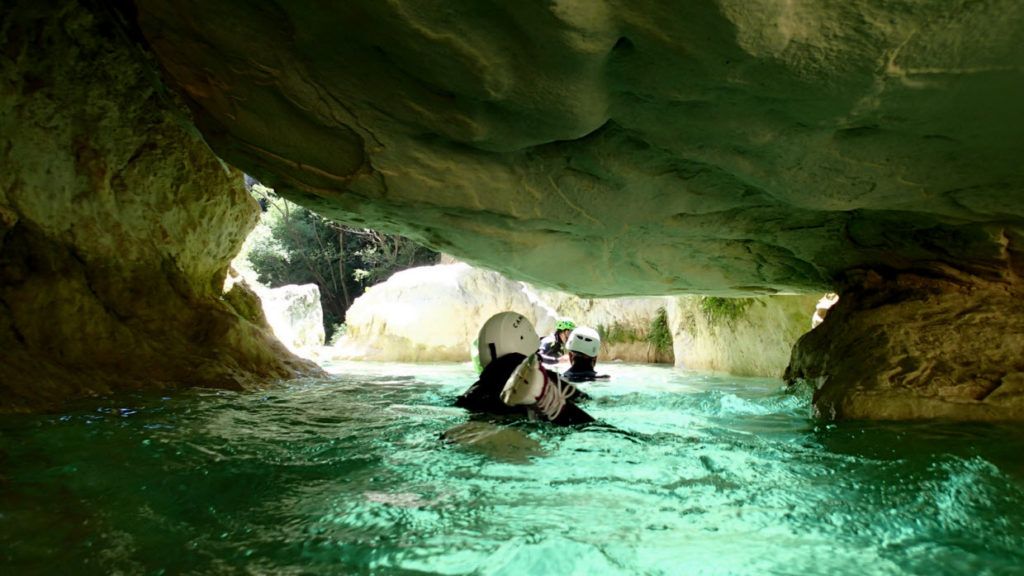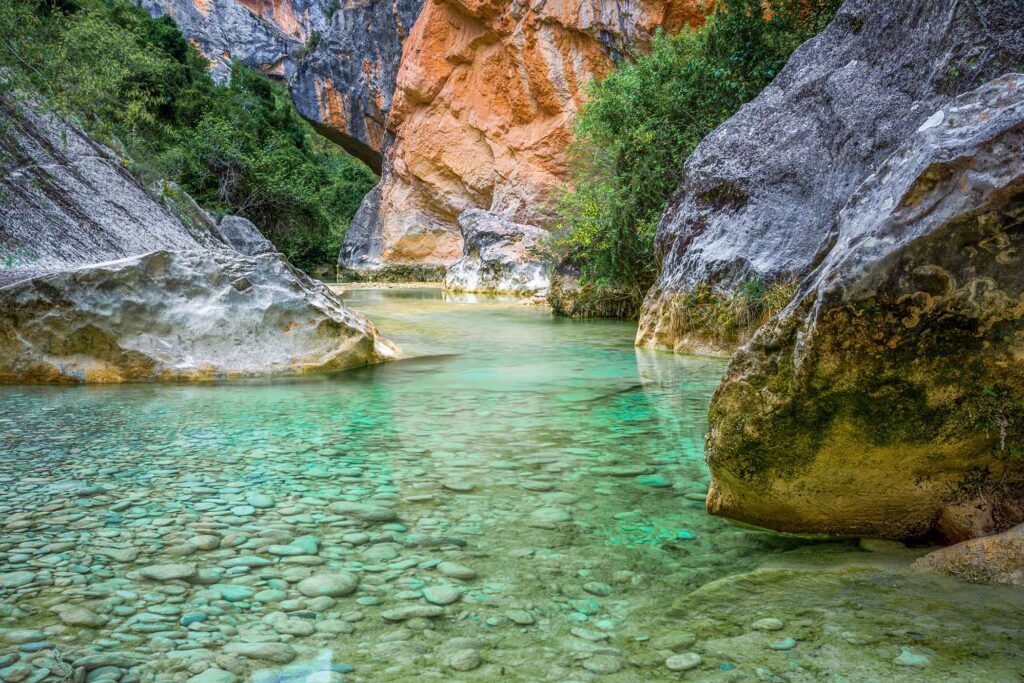 When the Civil Guard is alerted to the disappearance of a person in the mountains, an operation is immediately organized with the utmost urgency.
When the Civil Guard is alerted to the disappearance of a person in the mountains, an operation is immediately organized with the utmost urgency.
It is in the first hours of the incident when there are real possibilities of finding people in “good condition” in distress, as time goes by these possibilities decrease. In most cases, it has been possible to recover those injured or lost at the beginning of the search…
But despite the efficiency of the rescue corps and their expertise in tracking, 4 people are still “lost” in our mountains, the oldest, since 2006. A Dane, a Frenchman, a German and a Spaniard are still missing
The regional newspaper Heraldo de Aragón, expands the news
Per Michel Nielsen, a 65-year-old Danish hiker, was going to return to his country on September 21, 2010 on a flight from Barcelona but a week earlier he went on an excursion through Barcelona. Benasque Without specifying his route and after two days without news of him, the hotel where he was staying raised the alarm; a year and a half earlier, Françoise Dasnois, 48 years old and of Belgian nationality, also went for a walk with her husband and two children along the Portal de la Cnarda route, in the Sierra de Guara, but separated from the group to return to the rural tourism house of Colungo that they had rented and never arrived; and on September 22, 2006, a German mountaineer named Kulosa he asked for help by phone from the Civil Guard since a strong storm had caused him to lose the way back in the area of Lake Marboré, in Bielsa, but they never located him.
These are the three ‘thorns’ that the specialists of the mountain groups of the Civil Guard of Huesca have most strongly stuck in and that are part of a tragic list of disappearances to which Ferrán Camps Tricas, a 23-year-old young man and resident of Mieres (Gerona) who on January 2 left for the Ibón de Plan looking for some supposed ‘magical places’ and of which there are no more clues than a tent planted in this beautiful place of the Sobrarbe.
In all cases, the alerts set in motion the usual rescue protocol. “As soon as a disappearance is reported, daily search devices are set up with all available personnel on foot, by motorcycle and by helicopter as long as the weather allows it,” Civil Guard sources explain. And it is that in the last case, that of Ferrán Camps, the agents have had to postpone the search until the thaw “because there is such a large amount of snow that it is almost impossible to access the area”.
The searches always start where it is most likely that the track was lost and as they discard nearby trails, paths and ravines, the radius is widened. In the case of the Danish mountaineer, for example, the last official search report was on October 2, 2006, 18 days after his loss, at a point located 8 hours walk from Benasque.
The main handicap for the rescue groups is the lack of information about the route and the activity that the missing people were going to carry out and that in all cases they were alone. In this sense, they also refer to the case of the Danish mountaineer. “He had his personal belongings in the room and the plane ticket back so it is assumed that he was going to return to the hotel and that he was not going to go far. We know that he was at the Tourist Office and that they gave him brochures of short-distance trails, but he did not tell them if he was going to do any,” they recall.
Although the rescue protocol does not set a fixed deadline on the duration of the hunts, “they are normally intensive for 5, 6 or 7 days and then as time goes by, they are more sporadic and concrete,” they clarify. Thus, if, for example, there is a Civil Guard patrol that goes out to a citizen security or natural environment surveillance service and crosses the area of the disappearance, “always take the opportunity to take a walk at the same time in case they could find something”. For this reason, they make it clear that “even if time has passed, they never fall into oblivion”.
The passage of time takes its toll on the spirits of the relatives, but they never lose contact with the Civil Guard. At the beginning of the searches there is almost always a close person “who helps with the work,” he points out, but after several days, “people have to return home because there is no other choice,” they acknowledge. However, they always maintain some thread of communication “and from time to time they call the post in the area or the corresponding mountain unit to see if there is any news”. “And everyone is received with the utmost attention,” the Civil Guard stresses.
As the days and weeks go by, hopes of finding the missing man alive fade, although as in everything, there are always exceptions. The last was that of a French mountaineer, Teresa Bordeais, who appeared safe and sound after 11 days of survival in Ordesa.
Until now the longest disappearance corresponds to the Madrid mountaineer Joaquín López Valls. It was lost in 1954 and his body was located 46 years later on the Tempestades del Aneto glacier .
Hiking Safety
At Avalancha, we live the mountains with passion, but always with respect and responsibility. We have been exploring the Pyrenees and the Sierra de Guara for years, and we know that safety comes first. Our goal is for every person who goes into nature with us to enjoy themselves to the fullest, but without taking unnecessary risks.
When we organize hiking trails, the first thing we do is plan every detail. Before leaving, we study the route, the difficulty and the weather conditions, because we know that good preparation is key to avoid unforeseen events.
We always recommend bringing the right equipment: sturdy footwear, technical clothing, sun protection and, of course, enough water and food. Knowing the terrain is just as important, so we make sure that each person in the group knows how to orient themselves and is clear about the path.
Avalancha: Commitment to Safety in the Sierra de Guara
Avalancha is a company with more than 30 years of experience in the organization of adventure activities in the Sierra de Guara and the Pyrenees. We offer professional guide services in canyoning, hiking, via ferrata and rafting, adapted to all levels of experience.
We stand out for our focus on safety, providing high-quality equipment and continuous training to our guides. In addition, Avalancha promotes respect for the environment and the conservation of the natural environments where it operates.
For those looking to explore the Sierra de Guara in a safe and enriching way, Avalancha represents a reliable and experienced option.
Safety in mountain activities is a shared responsibility between participants and the professionals who guide them. Following the aforementioned guidelines and trusting companies with a recognized track record, such as Avalancha, ensures unforgettable and safe experiences in nature.




